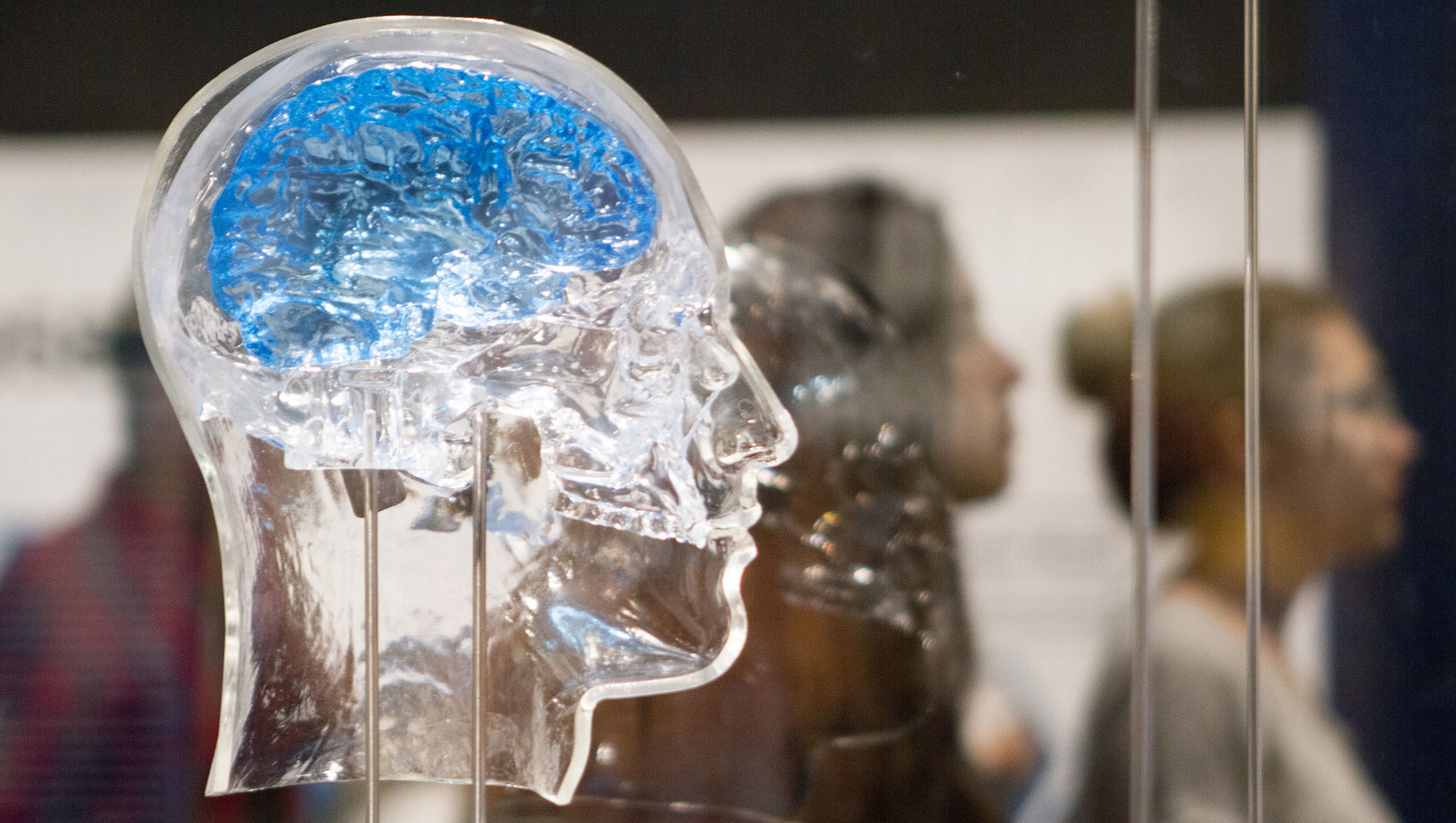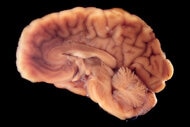Create a free profile to get unlimited access to exclusive videos, sweepstakes, and more!
Cyborg computer chips will get their brain from human neurons

A.I. has already gotten to almost sci-fi levels of emulating brain activity, so much so that amputees can experience mind-controlled robotic arms, and neural networks might soon be a thing. That still wasn’t enough for the brains behind one ambitious startup, though.
Cortical Labs sounds like it could have been pulled from the future. Co-founder and CEO Hong Wen Chong and his team are merging biology and technology by embedding real neurons onto a specialized computer chip. Instead of being programmed to act like a human brain, it will use those neurons to think and learn and function on its own. The hybrid chips will save tremendous amounts of energy with an actual neuron doing the processing for them.
“Biological neural networks can solve problems in unfamiliar situations — independent of acquired knowledge — due to their self-organizing properties,” says the company’s website. “Fluid intelligence is an essential requirement for autonomous robots.”
Bio-computing was first switched on with neurons from mouse embryos, but can now use human neurons. Cortical Labs can morph human skin cells back into stem cells and then induce them to grow into actual human neurons. This was a process originally developed by Japanese scientists who were looking to eliminate the controversy that comes with using human embryonic stem cells. These cells are so useful because they haven’t yet decided what their function will be. That means they can be manipulated into just about anything.
After the skin cells undergo their transformation into neurons, a nourishing liquid medium is used to embed them onto a tiny metal oxide chip that has an even tinier grid of 22,00 electrodes. It is these electrodes that “speak” to programmers about when to zap electrical inputs to the neurons, letting them know what kind of outputs they are getting.
Artificially created neurons turn out the same as neurons that would (hypothetically) be taken from your gray matter, except there is no brain invasion required. Something like that would cross over from science fiction to science horror.
Right now, these chips are close to processing things like a dragonfly brain, so there are still upgrades to be made. Remember spending hours at the arcade playing Pong? Chong is determined to teach the chips to play that retro Atari game, and being powered by neurons uses just a fraction of what they would if they were only functioning on computerized intelligence. Think about it. The human brain has over a billion neurons, and our level of intelligence runs on only about 20 watts of power. That’s more than enough to play a marathon session of Pong.
“Biological computing is the new frontier of computational power efficiency,” the website says.
By the way, this wasn’t the first time Pong got scientific star power. A.I. company DeepMind used it, along with other early Atari games that might be collecting dust in your basement somewhere, to demo how algorithms modeled after human neuron functions could perform. DeepMind’s software scored high enough to convince Google into buying it. Now Google is using that tech to control the monster air conditioning units in its data centers, where it gets unbearably hot from servers devouring enough energy to keep entire cities running.
Cortical Labs is currently using mouse neurons on its quest to get hybrid chips to play Pong, but it probably won’t be long before they use mutant human neurons. Gnarly.
(via Business Insider/Cortical Labs)














